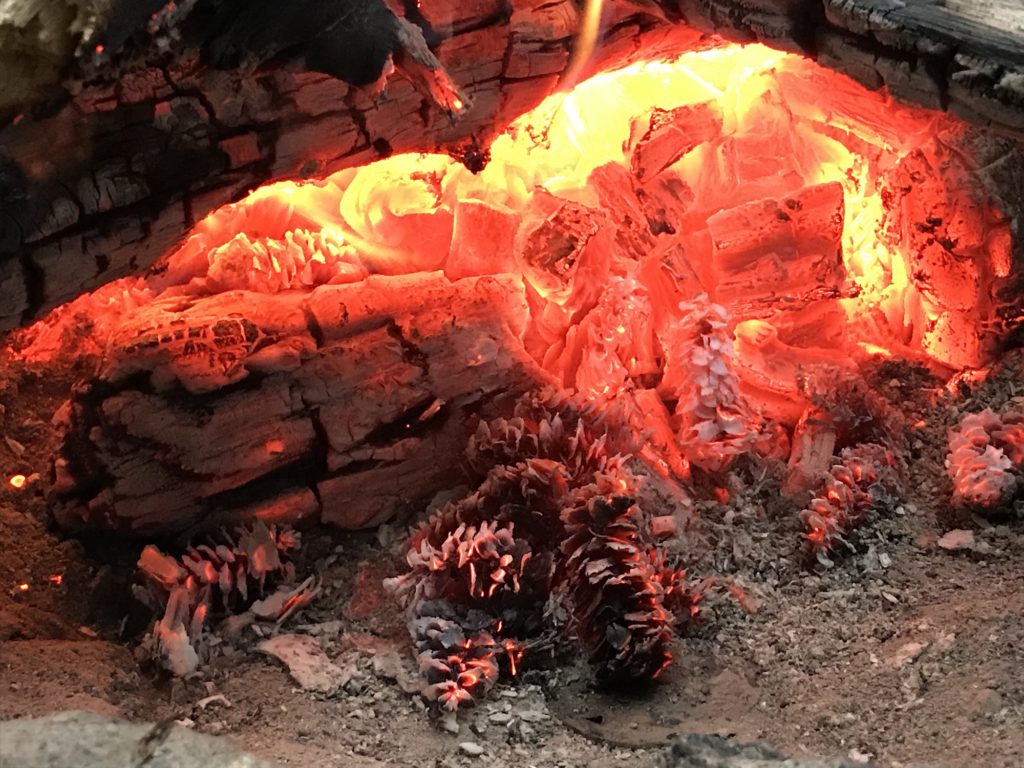
Isaiah 6:4–7, Coal …from the altar. Which altar in the temple did this coal come from and what did it represent spiritually and prophetically? What deeper truth was YHVH trying to teach Isaiah here? There were two altars in the Tabernacle of Moses: the altar where animals were sacrifice—a symbolic and prophetic picture of Yeshua’s atoning death on the cross, and the incense altar in the holy place.
The Hebrew word for altar here is mizbeach and can refer to both the altar of sacrifice in the tabernacle’s outer courtyard, and to the altar of incense in the holy place just in front of the veil leading into the holy of holies picturing the throne room of Elohim. If the coal came from the altar of sacrifice, it pictures cleansing from sin by Yeshua’s death on the cross. If the coal came from altar of incense, this coal still came from the altar of sacrifice, which still points to Yeshua’s atoning death. It just adds to the picture the further truth that not only can we not come before our Almighty Father in heaven except through the atoning sacrifice of Messiah, but we must do so with a heart of prayer, praise and worship, since that is what the altar of incense scripturally represents (Rev 5:8; 8:3).
Through this one event as recorded in Isaiah 6:4–7, we have illustrated a beautiful and encouraging spiritual truth. It is this: Even though Isaiah was a righteous and saintly man, he still fell short of being accepted at the throne of Elohim. Man’s best righteousness is still as filthy rags as Isaiah would write later on (Isa 64:6). But through Yeshua’s atoning work at the cross, and through our acknowledgement of our spiritual lack and through humility, confession of sin coupled with praise and worship, we can still be cleansed by Yeshua’s blood, and made acceptable by the imputed righteousness of Yeshua, which cloth in the robes of his righteousness. HalleluYah!

